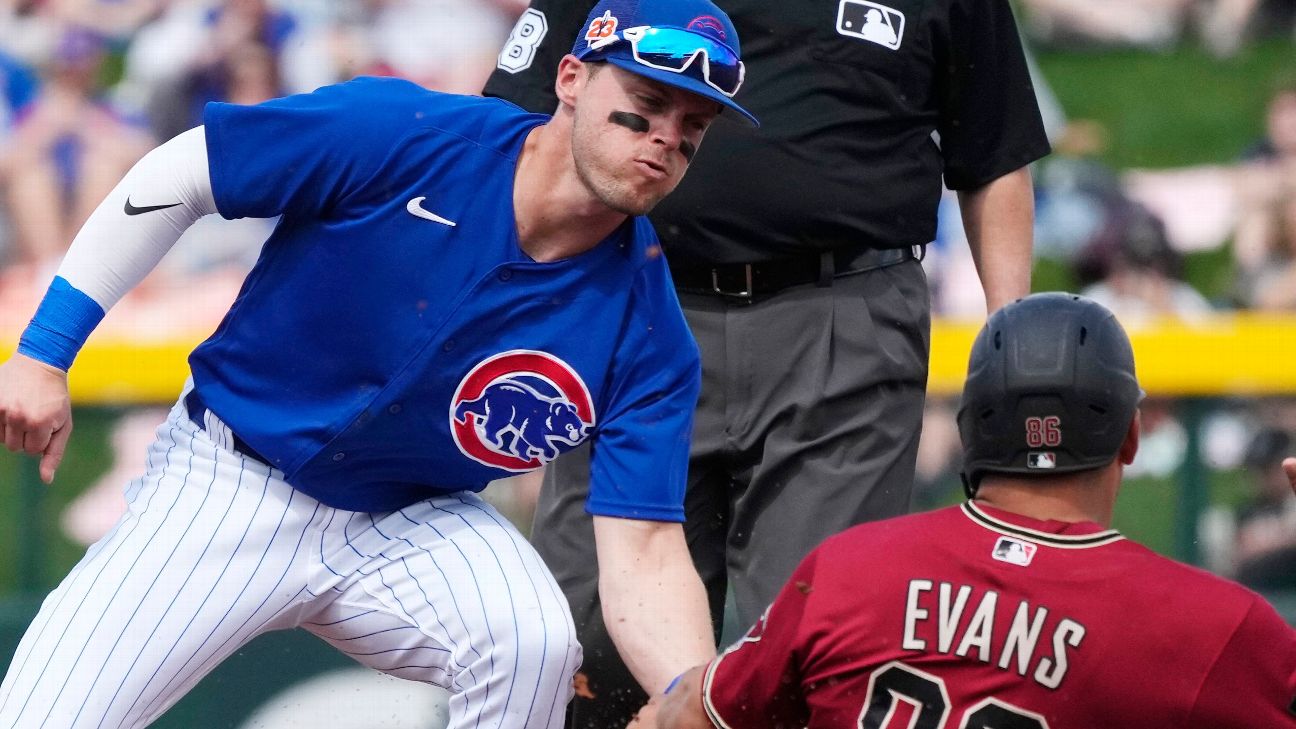Major League Baseball passes rules changes including pitch clock, banning defensive shifts

Major League Baseball passed a sweeping set of rules changes it hopes will fundamentally overhaul the game, voting Friday to implement a pitch clock and ban defensive shifts in 2023 to hasten the game's pace and increase action.
The video above is ABC7's 24/7 livestream.
The league's competition committee, composed of six ownership-level representatives, four players and one umpire, approved a pitch clock of 15 seconds with empty bases and 20 seconds with runners on, a defensive alignment that must include two fielders on each side of the second-base bag with both feet on the dirt as well as rules limiting pick-off moves and expanding the size of bases.
The vote was not unanimous. Player representatives voted no on the pitch-clock and shift portions of changes.
Long tested in the minor leagues, the pitch clock, when strictly enforced, has significantly accelerated the speed of games. Minor league games this season have consistently clocked in at under 2 hours, 30 minutes - a time seen by many as ideal - and average game times have settled a little over it.
The rule is strict: The catcher must be in position when the timer hits 10 seconds, the hitter must be have both feet in the batter's box and be "alert" at the 8-second mark and the pitcher must start his "motion to pitch" by the expiration of the clock. A violation by the pitcher is an automatic ball. One by the hitter constitutes an automatic strike.
The banning of defensive shifts, once a fringe strategy that has become normal occurrence and the bane of left-handed hitters, is among the more extreme versions, preventing defensive player movement in multiple directions. With all four infielders needing to be on the dirt, the days of the four-outfielder setup will be over. Even more pertinent, shifting an infielder to play short right field, or simply overshifting three infielders to the right side of the second-base bag, is no longer legal.
The position of defensive players can be reviewed - and, if a defense is deemed illegal, the batting team can choose to accept the outcome of the play or take an automatic ball instead.
By limiting disengagements with the mound, either via pickoff move or stepoff, the rules hold accountable pitchers who would otherwise have a pitch-clock workaround - and are likely to significantly increase stolen bases, part of the action the league intended to increase.
Pickoffs and stepoffs reset the pitch clock, and the rules will limit pitchers to two for each plate appearance. (The number would reset if a runner advances.) A pitcher can attempt a third pickoff, but if it's unsuccessful, it will be a balk, allowing the runners to move up a base.
In a statement Friday, the Major League Baseball Players Association explained why players on the competition committee voted unanimously against the implementation of the pitch clock and banning of the shift.
"Player leaders from across the league were engaged in on-field rules negotiations through the Competition Committee, and they provided specific and actionable feedback on the changes proposed by the Commissioner's Office," the statement read. "Major League Baseball was unwilling to meaningfully address the areas of concern that Players raised, and, as a result, Players on the Competition Committee voted unanimously against the implementation of the rules covering defensive shifts and use of pitch timer."
Meanwhile, the bases will increase from 15 to 18 square inches, with expectations that the larger size allows fewer collisions around the bag as well as slightly shortens the distance between bases.










